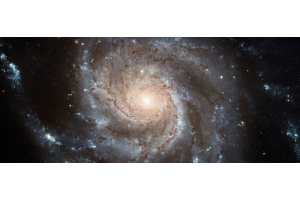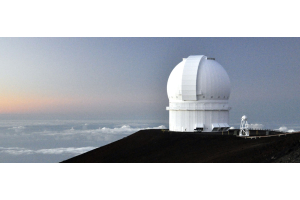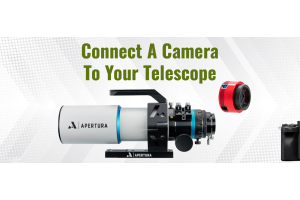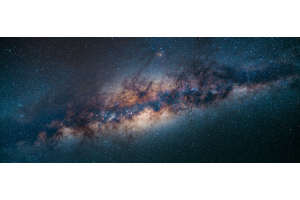

Image source: David Kingham
The Perseid Meteor Shower
- Radiant: Perseus
- Active Dates: July 17th - August 26th
- Maximum Date: August 11th / 12th
- Zenith Hourly Rate: 100
- Attributes: Fast, with long bright trails and occasional fireballs.
- Lunar Phase: Waxing Crescent
You could argue that the Perseids are the ideal meteor shower - they’re reliable, they can potentially produce over 100 shooting stars an hour, and the shower reaches its maximum during the warm summer nights of mid-August.
This year’s shower promises to be a good one. With the Moon a waxing crescent, it will set long before the constellation Perseus rises over the north-eastern horizon at around midnight. This leaves you free to enjoy the celestial fireworks without the light of the Moon brightening the sky and drowning out the fainter shooting stars.
You can start on the evening of the 11th, but you’ll see more after midnight and during the early hours of the 12th. Keep your eyes peeled toward the north and east for the best chance to spot a shooting star.
OUR NEAREST NEIGHBORS
Mars is a challenging target but may be visible at the beginning of the month. Try looking towards the west with binoculars 15-20 minutes after sunset. It’s joined by Mercury around mid-month but the pair will be tricky to spot. Mercury itself will be visible during the second half of the month, but won’t rise very high over the western horizon. Venus shines in the west after sunset and is joined by a crescent Moon on the 10th and 11th. Saturn is at opposition on the 2nd, while Jupiter reaches opposition on the 19th, making August the perfect time to enjoy the giant planets. Saturn appears as a magnitude 0.2 “star” in Capricornus while Jupiter is a much brighter -2.9 in Aquarius. Neptune is visible from mid to late evening while Uranus is best observed after midnight. Lastly, the Moon turns new on the 8th and then full on the 22nd.

Image credit: nineplanets.org
Beta Cygni - Albireo
A showcase double and a favorite of many, Albireo can be split into a pair of stars - one gold, one sapphire - with almost any telescope with a magnification as low as 30x.

Image credit: Tom Kerss
Epsilon Lyrae - The “Double Double”
The aptly named “double double” shows two stars with binoculars, but telescopes and a magnification of over 100x will show each star to be split again.

Image credit: Nevenka Blagovic & Miroslav Horvat
Collinder 399 - The Coathanger
Although a little large for telescopes, this famous asterism is great in binoculars, and its familiar shape is obvious in even the smallest equipment.

Image credit: Steve Mazlin
M27 - The Dumbbell Nebula
Just to the east of the Coathanger is the Dumbbell Nebula. It can be spotted with binoculars but a scope is required to make the most of it.
STELLAR CONCEPTS
Radiant: The radiant is the point from which the shooting stars in a meteor shower appear to originate. The shower itself is typically named for either the constellation in which the radiant lies or else the nearest bright star. For example, the Perseids have their radiant in the constellation Perseus, whereas the Eta Aquarids appear to originate from close to the star Eta Aquarii.











